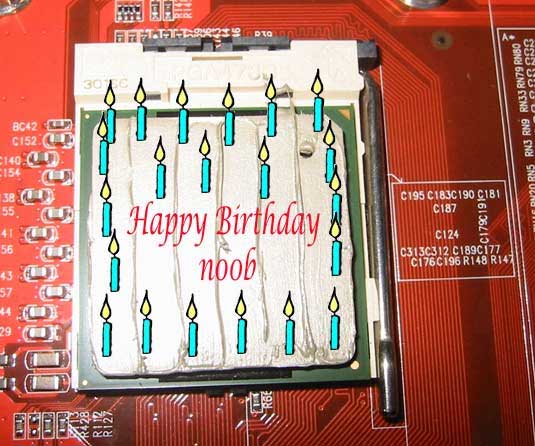Susquehannock said:And 70% isopropyl alcohol is OK. Just a bit more water than the 90%. NO oils as someone said above.
sry about that, i wasn't really clear enough when I said that. SOME of the rubbing alcohol's @ 70% have oils and other ingredients, some are just more water. 70% will still be less effective at removing the paste than 90+ however.
![[H]ard|Forum](/styles/hardforum/xenforo/logo_dark.png)




